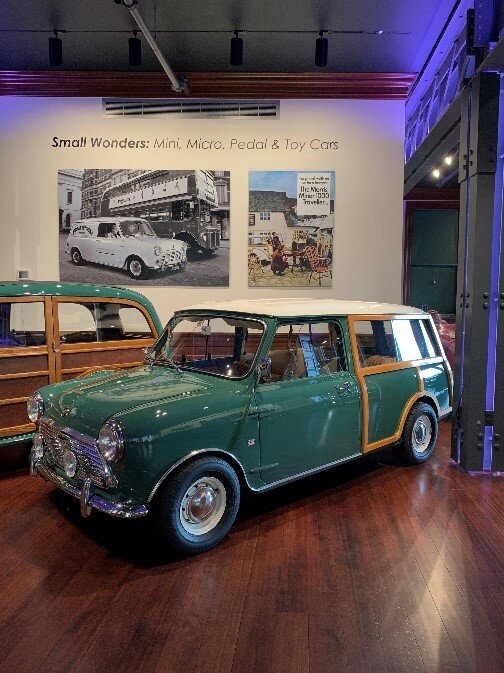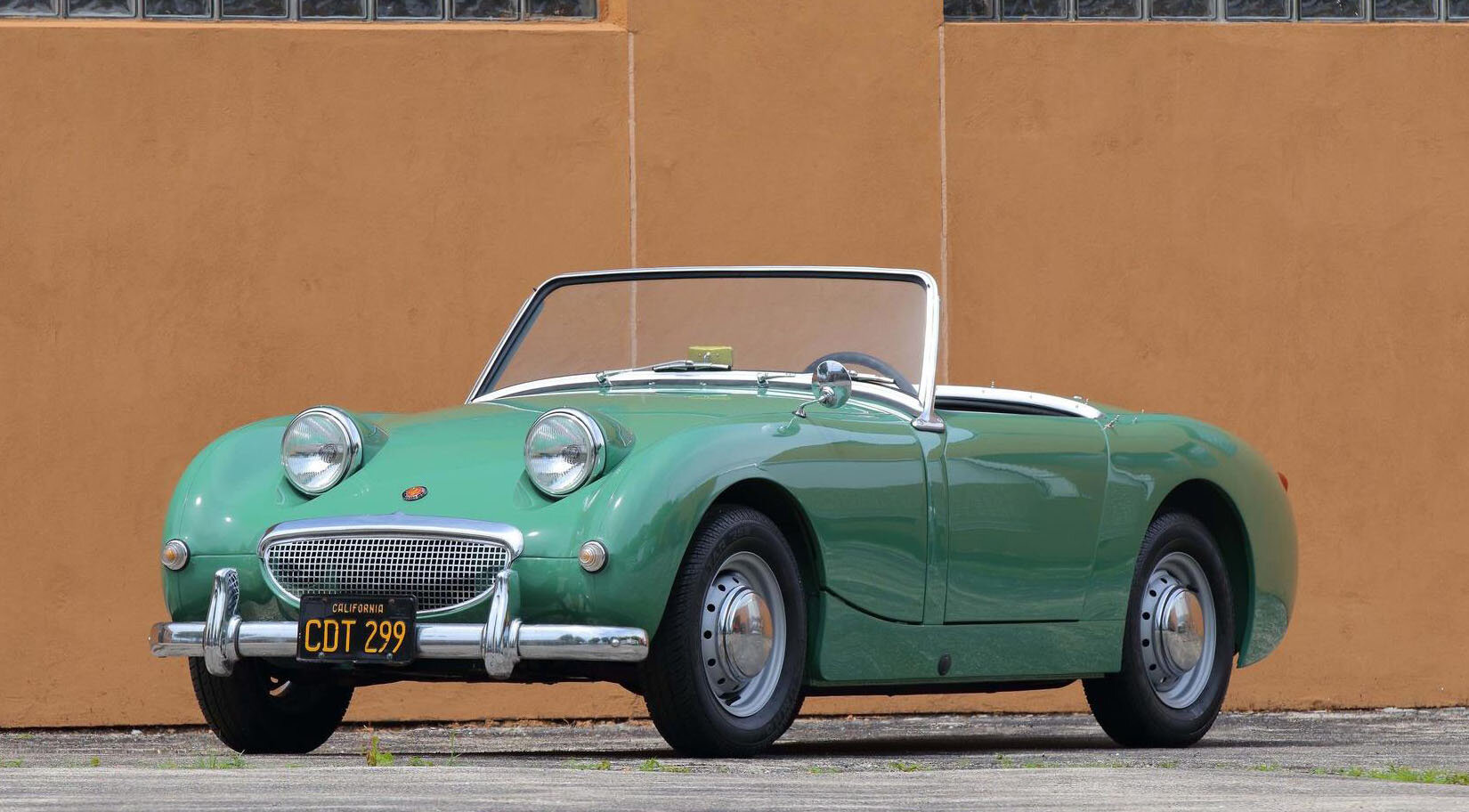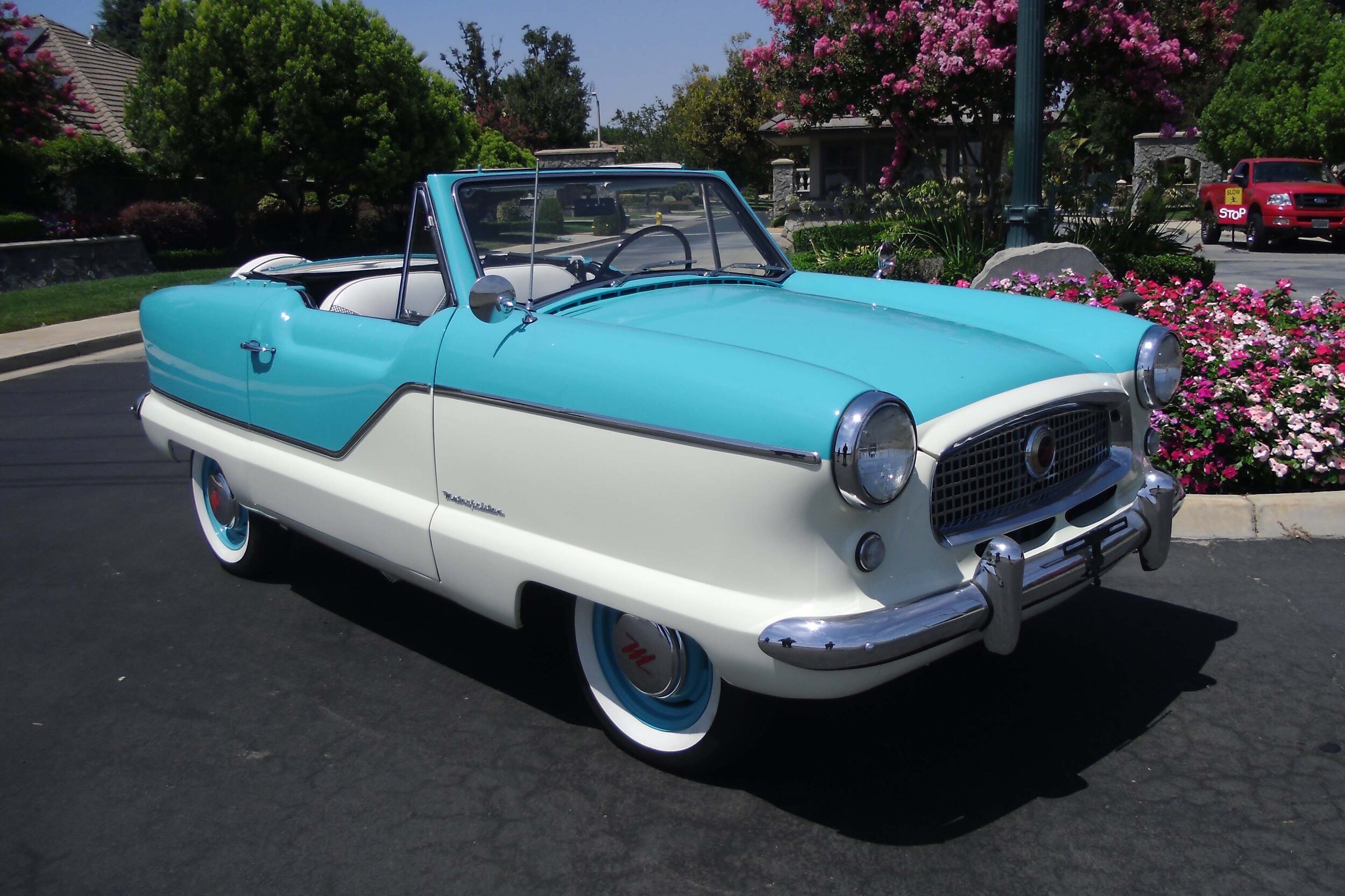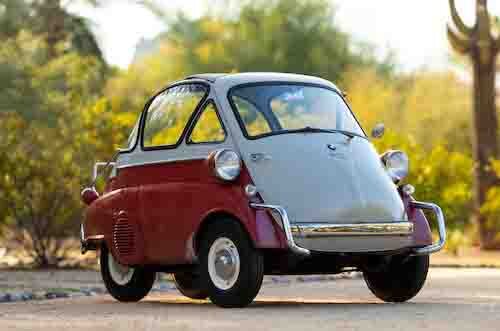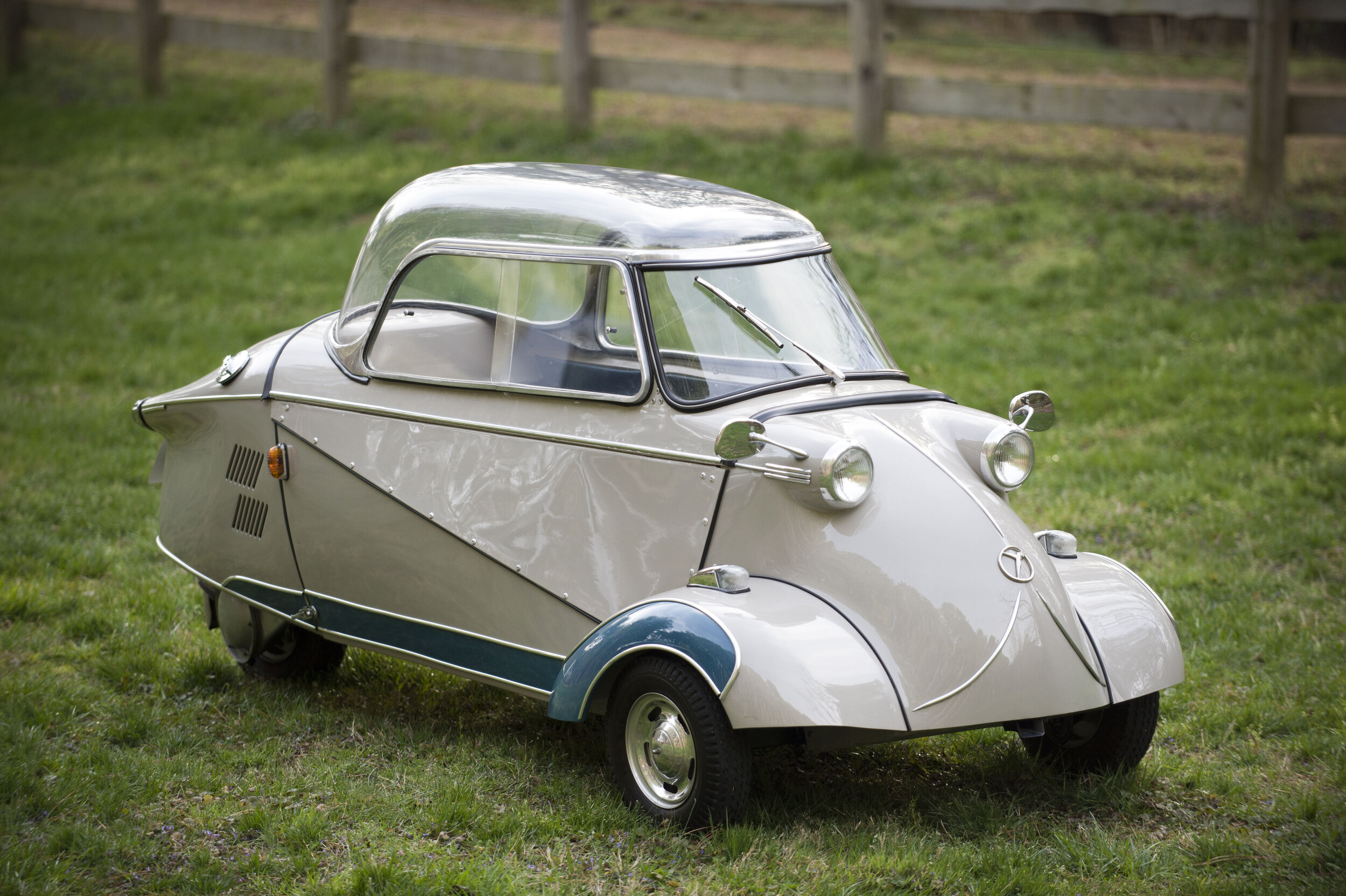1929 Austin 7 ‘Beetleback’
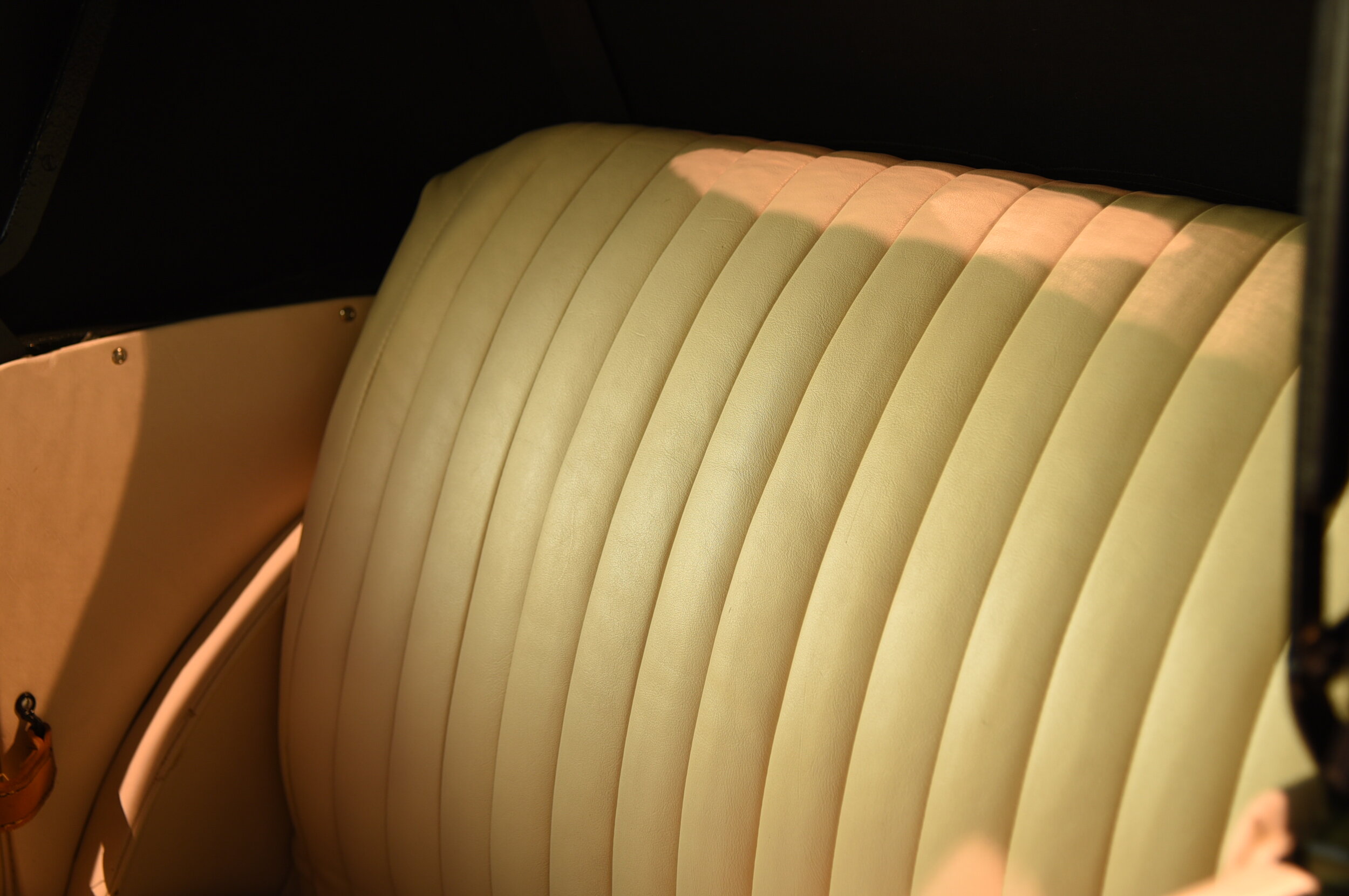
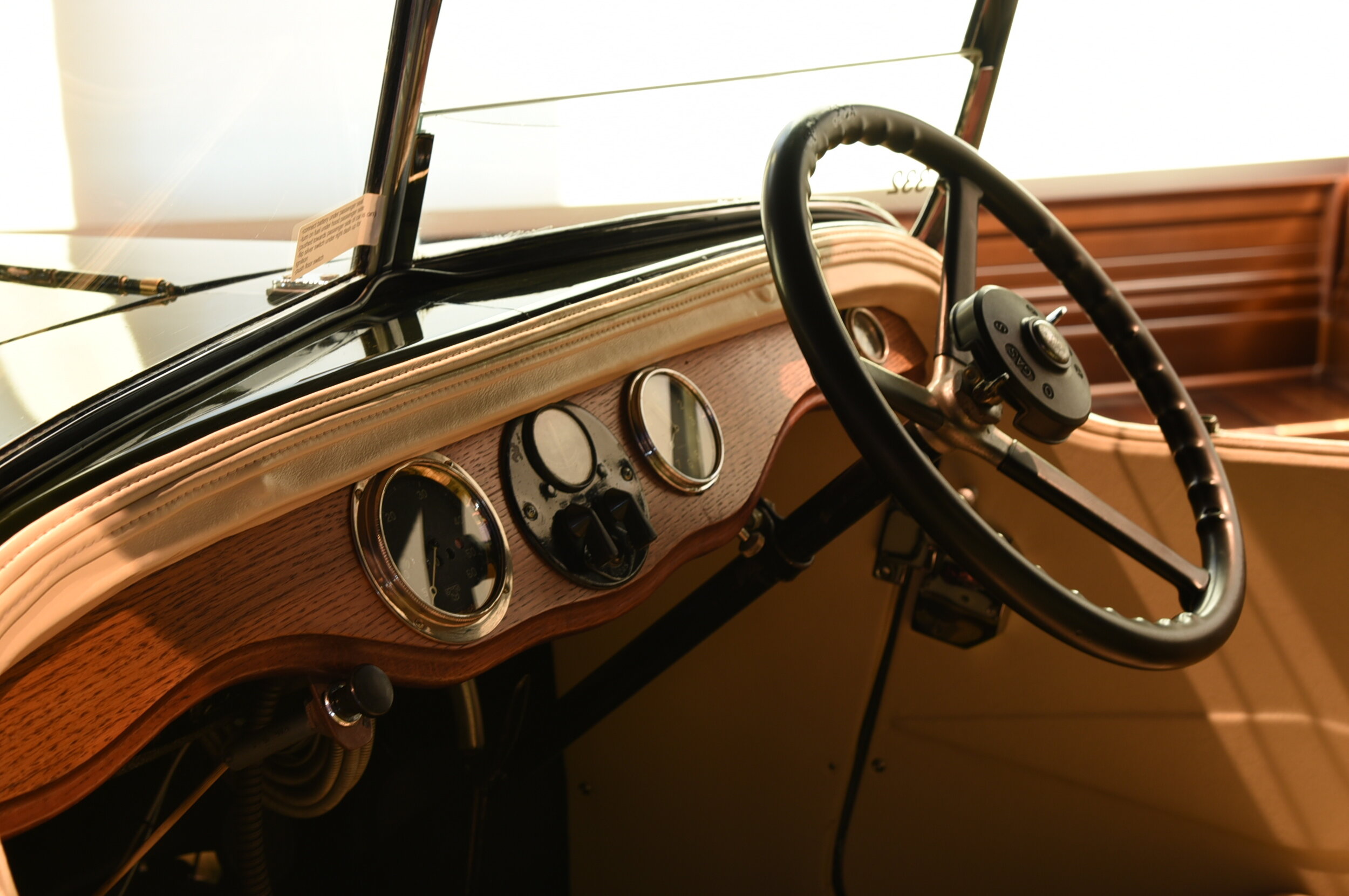
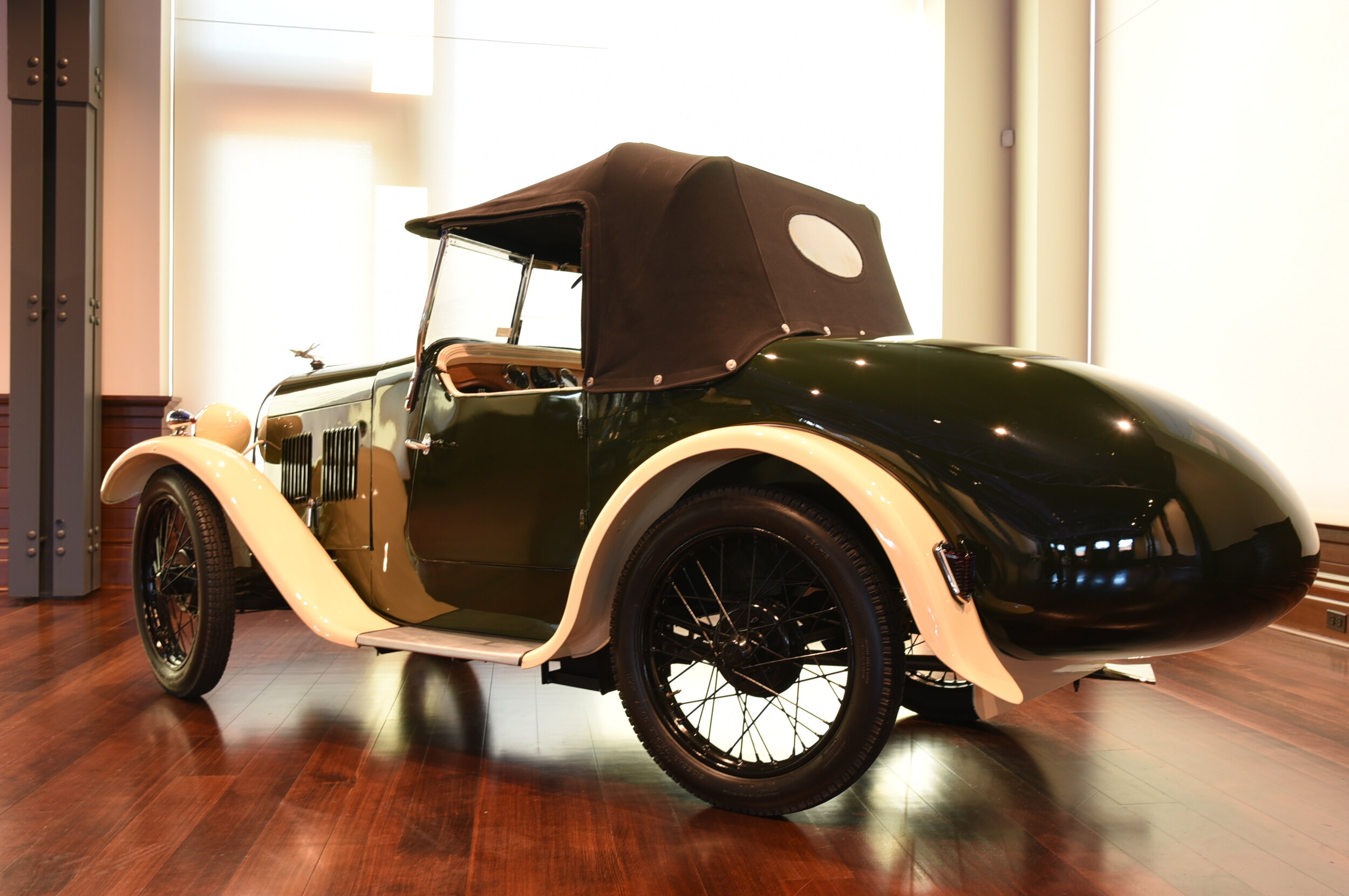
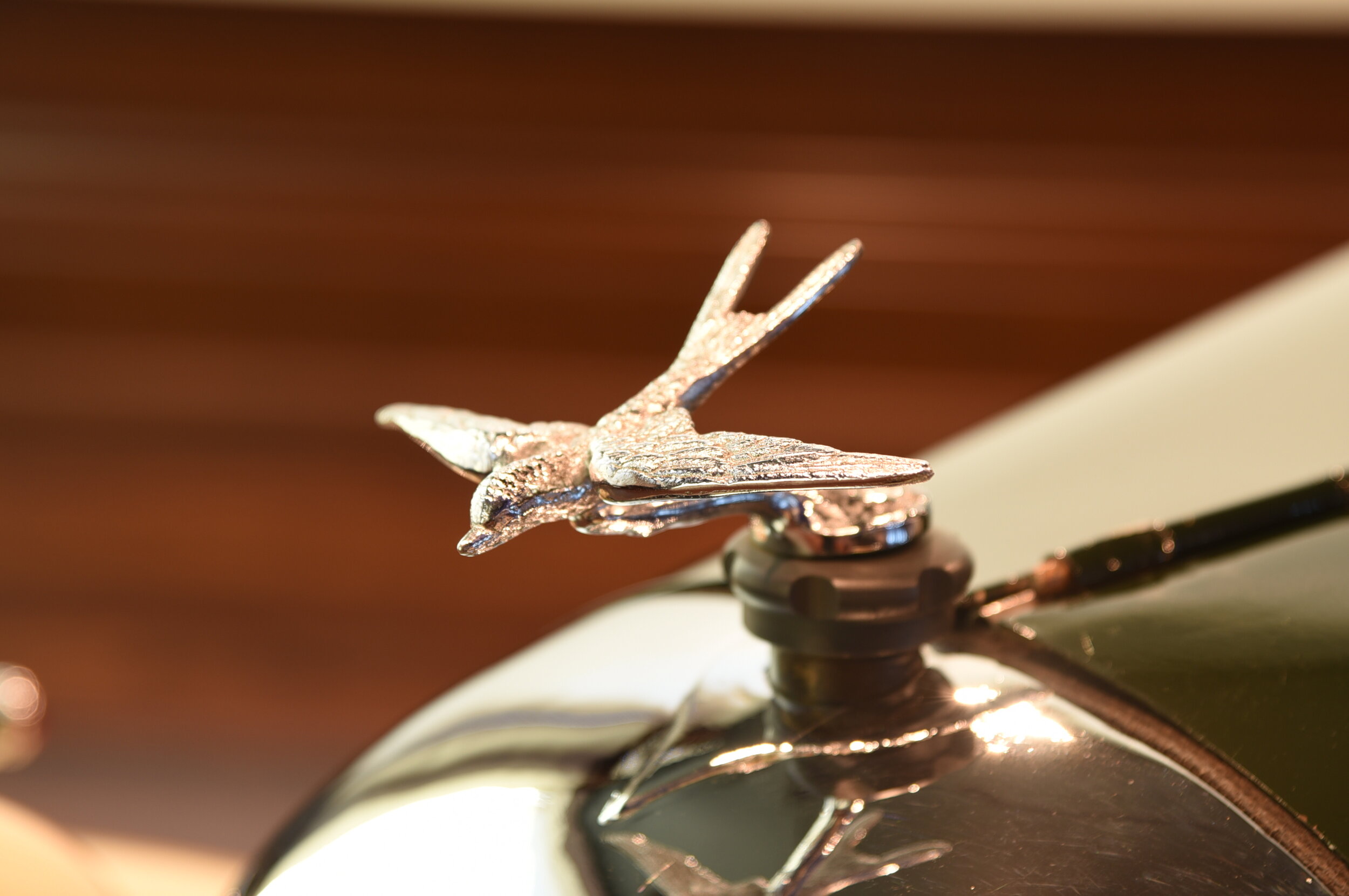
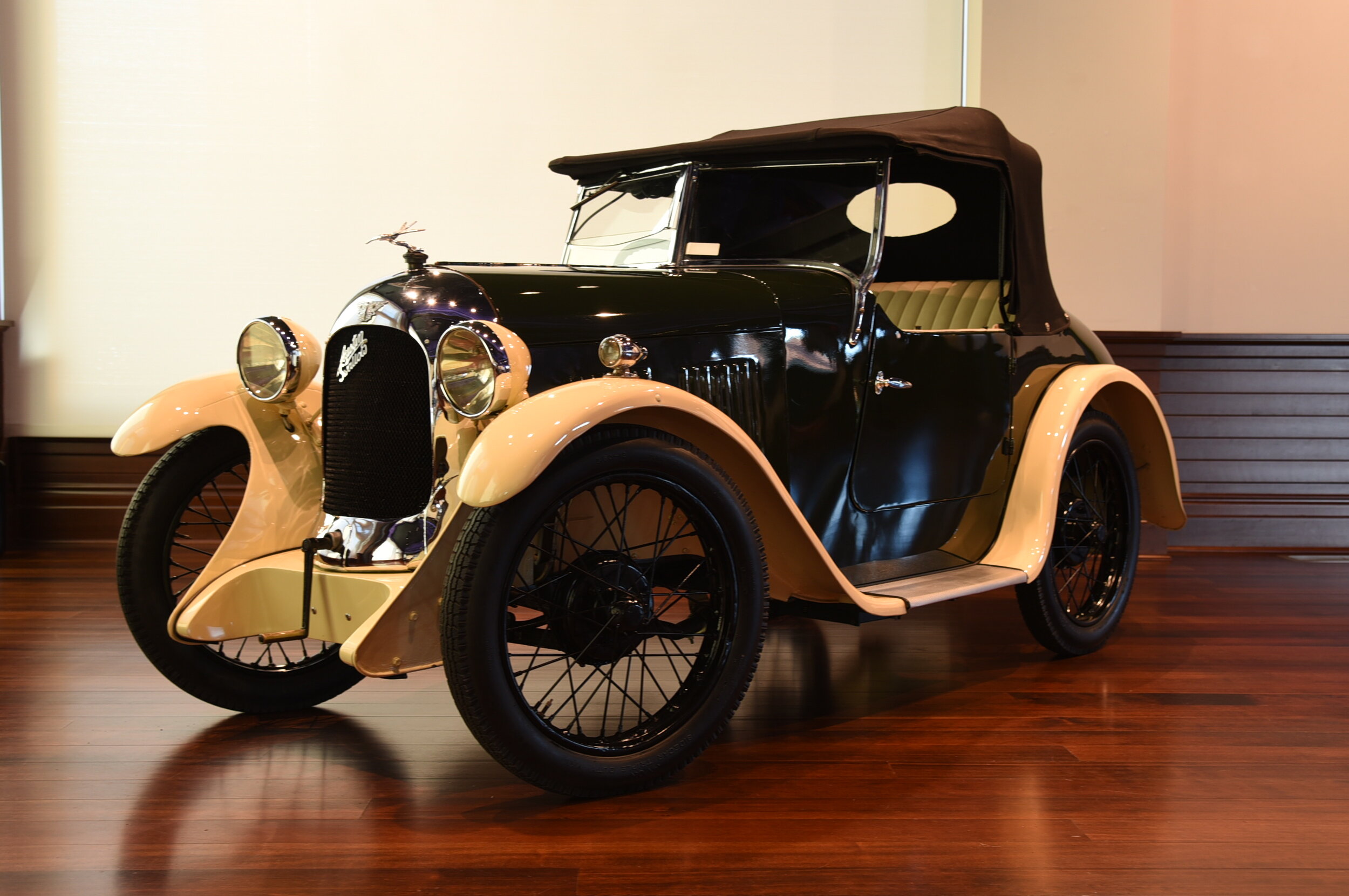
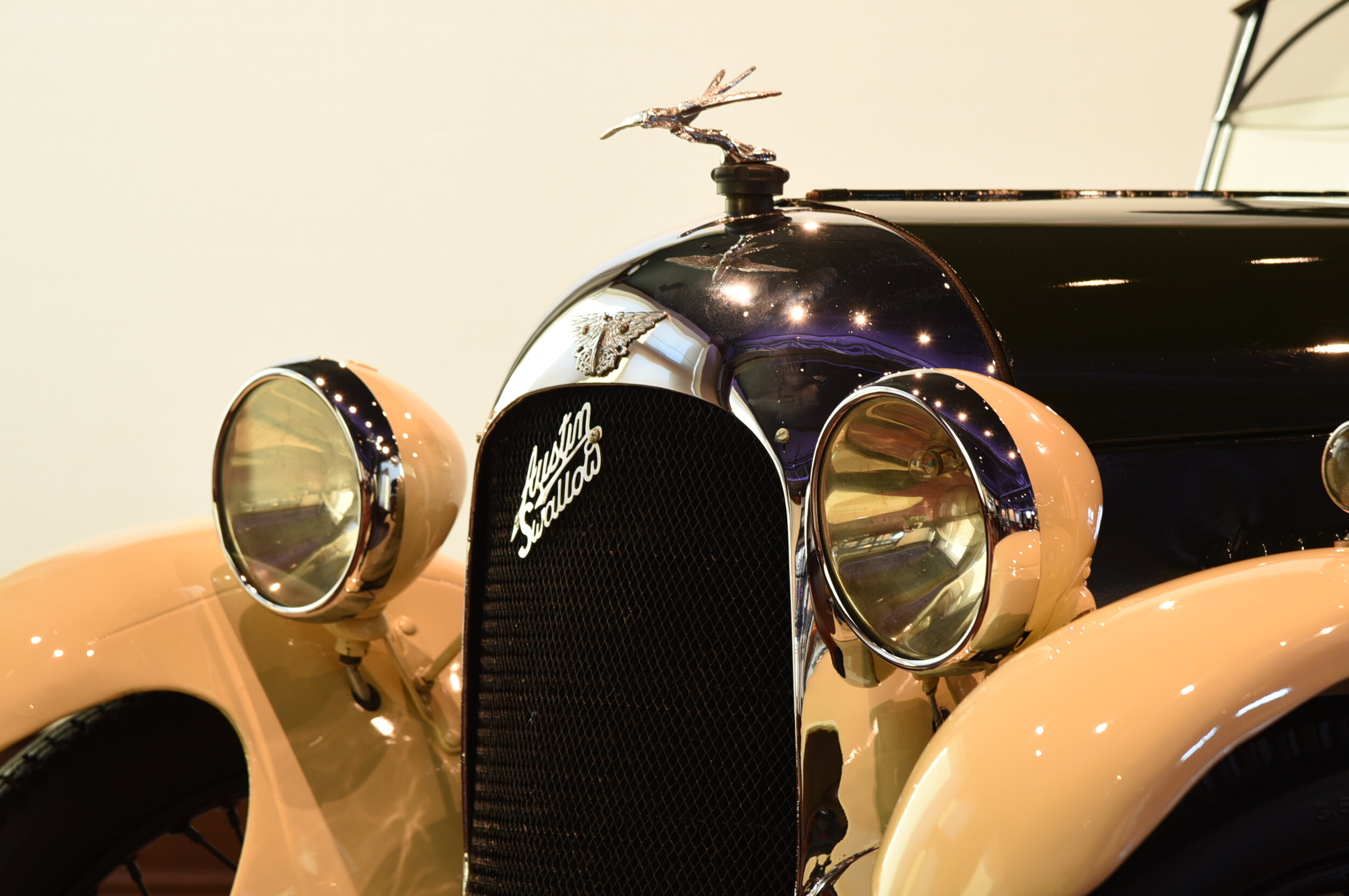
Specifications
Engine: 696 cc Inline-Four Cylinder
Horsepower: 10.5
Transmission: Three-Speed Manual
Weight: 794 lbs.
This Beetleback Roadster body by Swallow is an extremely rare example of an Austin 7, as only two other Beetlebacks are known to exist.
At the conclusion of World War I, Britain was exhausted, nearly broke and anxious for social change. At the time, the automobile industry was facing an uphill battle; there was a shortage of many materials as everything relevant was channeled to war efforts, so building a successful industrial infrastructure essentially from scratch was a huge challenge. In the early 1920’s, there were close to 100 automobile manufacturers of different sizes in Britain, though one company was well established and remembered from their pre-war success, and that company was Austin.
Austin was a public company, run by its founder Sir Herbert Austin. Austin declined a recommendation to sell out to General Motors in 1920, but shortly after in April 1920, the company fell into receivership. At the time, Austin’s Longbridge factory employed 20,000 staff, though risked shutting its doors simply because they were not producing the cars that a distressed Britain desperately needed at the time.
Herbert Austin could not convince the receiver of his Austin Motor Company to invest in his idea to build a small “real car” at a low enough price that many people would be able to afford it. So, what does an enterprising visionary do when the bean counters say no? He goes ahead and does the project in secret, away from their critical eyes. Sir Herbert Austin took this matter into his own hands, and began to design an affordable, small car in the billiard room of his home with the help of 17-year-old designer Stanley Edge.
Austin had all sorts of ideas as to what this new small car should be like. He thought of using a rear mounted radial engine, he thought of setting the four wheels in a diamond configuration instead of the conventional wheel at each corner concept. He was talked out of the radical design ideas and persuaded to keep the new car’s design conventional and simple.
Herbert Austin’s team built three prototype Austin 7’s and showed them to the management at Austin Motor Company, and then to the British public in 1922. Herbert Austin had financed the creation of the new car himself and had sensibly patented his innovations in his own name. Production of the new Austin 7 began in 1923 with 2,500 being sold in the first year. Herbert Austin had hoped to sell double that number and perhaps was a little disappointed, but sales would grow over the succeeding years.
It would remain in production until the beginning of the Second World War in 1939, by which time 290,000 had been made. The Austin 7 had eliminated the need for cycle cars and took over as Britain’s equivalent of the Model T. The car had successfully brought affordable, reliable transportation to the masses.






